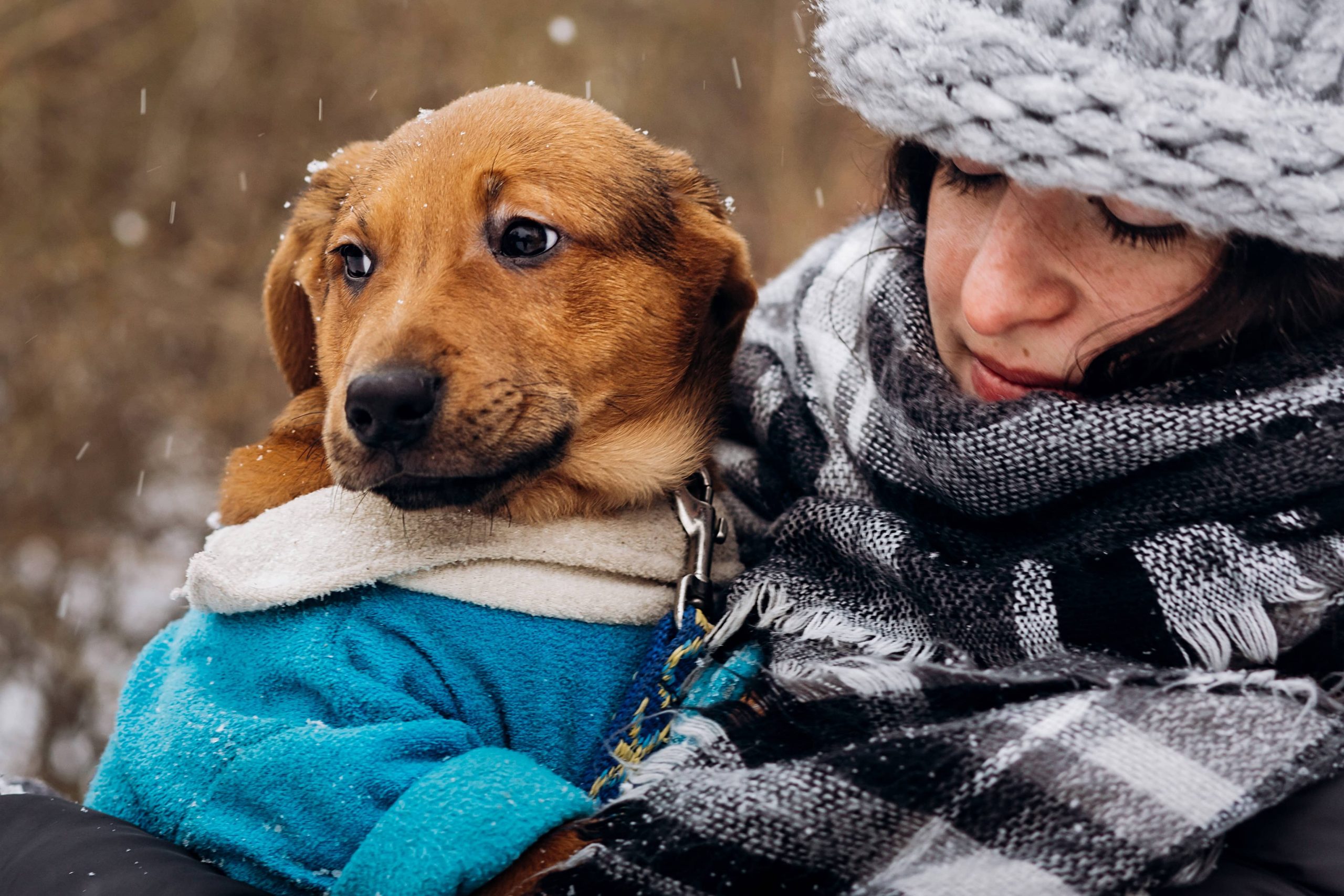
Bringing a newly adopted pet into your home is one of the most heartwarming experiences. You’ve likely envisioned days filled with cuddles, playtime, and watching your new furry friend flourish in their forever home. However, life can take unexpected turns, and despite your best efforts, your new pet could run away. While this is undoubtedly a distressing situation, keeping a clear head and acting quickly are key to bringing your pet back home safely. Here are essential steps you should take if your newly adopted pet runs away.
1. Stay Calm and Act Fast
Panicking is a natural reaction, but it can cloud your judgment and slow down your efforts. The first few hours are crucial, so channel your anxiety into constructive actions. Pets, especially those recently adopted, may be disoriented and more likely to hide than travel far distances initially.
2. Start Searching Immediately
Begin your search as soon as you realize your pet is missing. Grab a flashlight, especially if it’s dark, a recent photo of your pet, their favorite treats, and possibly a leash or carrier. Walk or drive slowly around your neighborhood, calling their name softly and listen carefully for any sounds – pets can hide in unexpected places like under porches, in sheds, or dense bushes. Don’t limit your search to your immediate vicinity; expand it gradually, as animals can sometimes wander farther than you’d expect.
3. Alert the Community
Quickly enlisting help from your neighbors can significantly enhance your search efforts. Here are ways to get the word out:
– Flyers: Create flyers with your pet’s photo, a detailed description, and your contact information. Distribute these in mailboxes, community bulletin boards, veterinary offices, pet stores, and local shelters.
– Social Media: Post on local community groups, and your own social media platforms. Tag friends and ask them to share the post. Sites like Facebook and platforms like Nextdoor are especially useful as they have dedicated lost and found pet sections.
– Pet Recovery Apps/Websites: Apps like PawBoost, PetFinder, and Nextdoor can be valuable resources for reporting lost pets and checking for found animal postings.
4. Contact Local Authorities and Shelters
Call your local animal control, shelters, and rescue groups to report your missing pet. Provide them with a clear description and stay in touch regularly. Many shelters will also allow you to submit a lost pet report with a photo. Visit these places in person if possible, as staff might not always recognize your pet based on descriptions alone.
5. Check Online Lost and Found Boards
Websites like Craigslist, Petfinder Lost & Found, and local lost pet websites regularly update listings of found pets. Keep an eye on these and make posts about your missing pet as well.
6. Use Familiar Scents
Scents can be powerful guides for a lost pet trying to find their way home. Place your pet’s bed, favorite toys, or a recently worn item of your clothing outside your home. The scent might attract them and guide them back. You can also scatter used kitty litter around your property if you have a cat, as the smell may help draw them close.
7. Utilize Humane Traps
In situations where a pet remains elusive near your home or another specific area, humane traps can help. These can often be borrowed from shelters, animal control, or rescue groups. Bait the trap with your pet’s favorite food and check it often to ensure your pet does not stay trapped for too long.
8. Consider Hiring a Pet Detective
If your pet is still missing after a few days despite making significant efforts, you might consider hiring a professional pet detective. These experts use various techniques, including tracking dogs, to locate runaway pets.
9. Be Persistent and Don’t Lose Hope
Finding a lost pet can take time. Continue visiting shelters, updating online posts, and revisiting areas of interest. Pets have been found weeks and sometimes months after they initially went missing. Your dedication and persistence matter.
10. Prepare for Reuniting
When your pet is finally found, whether it’s by your efforts or someone else’s, they may be frightened and nervous. Approach them calmly and slowly to prevent scaring them further. Have treats on hand and try to make the reunion as positive as possible for both of you.
Prevention Tips for the Future
Once your pet is back home, you’ll want to do everything in your power to prevent future escapes. Here are a few preventive measures:
– Microchipping: If your pet isn’t already microchipped, make it a priority. Ensure that your contact information is updated in the microchip registry.
– ID Tags: Always have a collar with an ID tag that includes your contact information.
– Secure Your Home: Regularly check fences, screens, and windows to ensure they are escape-proof.
– Behavior Training: Providing training that focuses on recall commands (like ‘come’ or ‘stay’) can be life-saving.
– Routine Supervision: Until they become familiar and comfortable with their new environment, supervise them and keep their excursions outside limited to leashed walks or enclosed spaces.
Adopting a pet means taking responsibility for their safety and well-being. While the experience of having a runaway pet can be incredibly stressful, following these steps diligently can help improve your chances of a happy reunion. Remember, the bond you’ve begun to form with your adopted pet isn’t easily broken. Your patience, love, and relentless efforts will resonate, making the homecoming that much sweeter.






